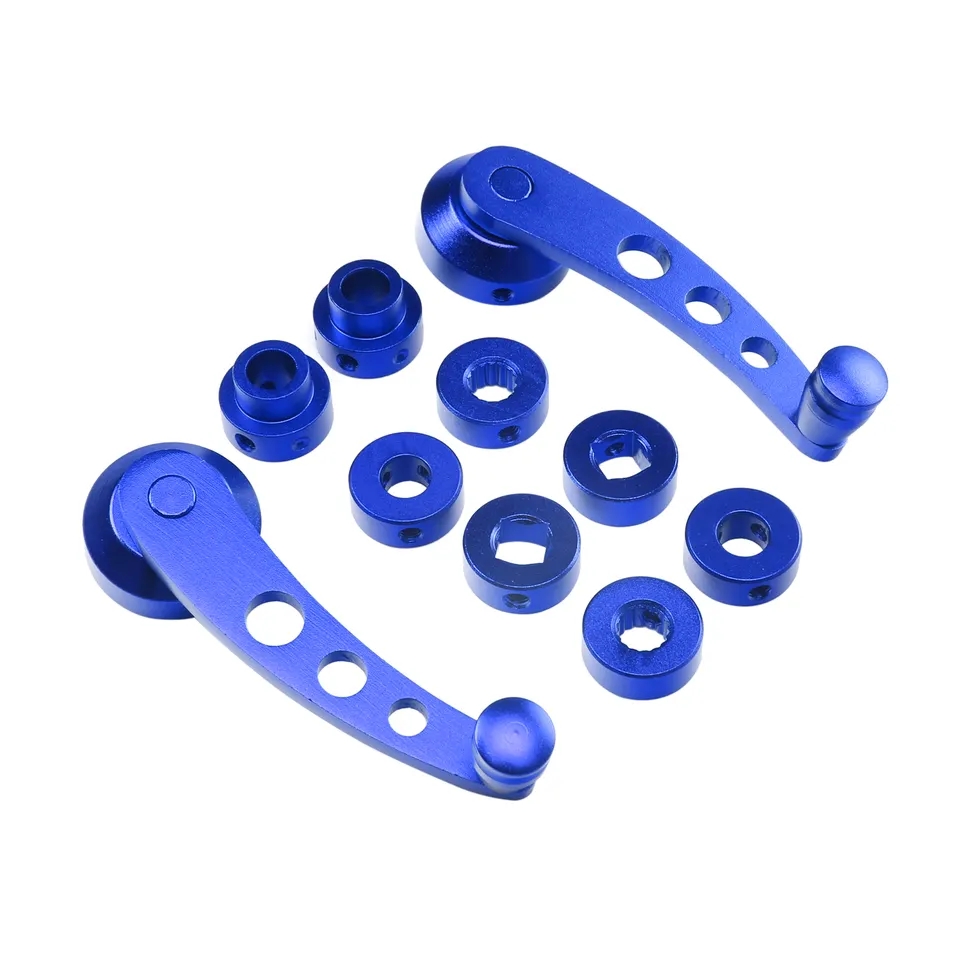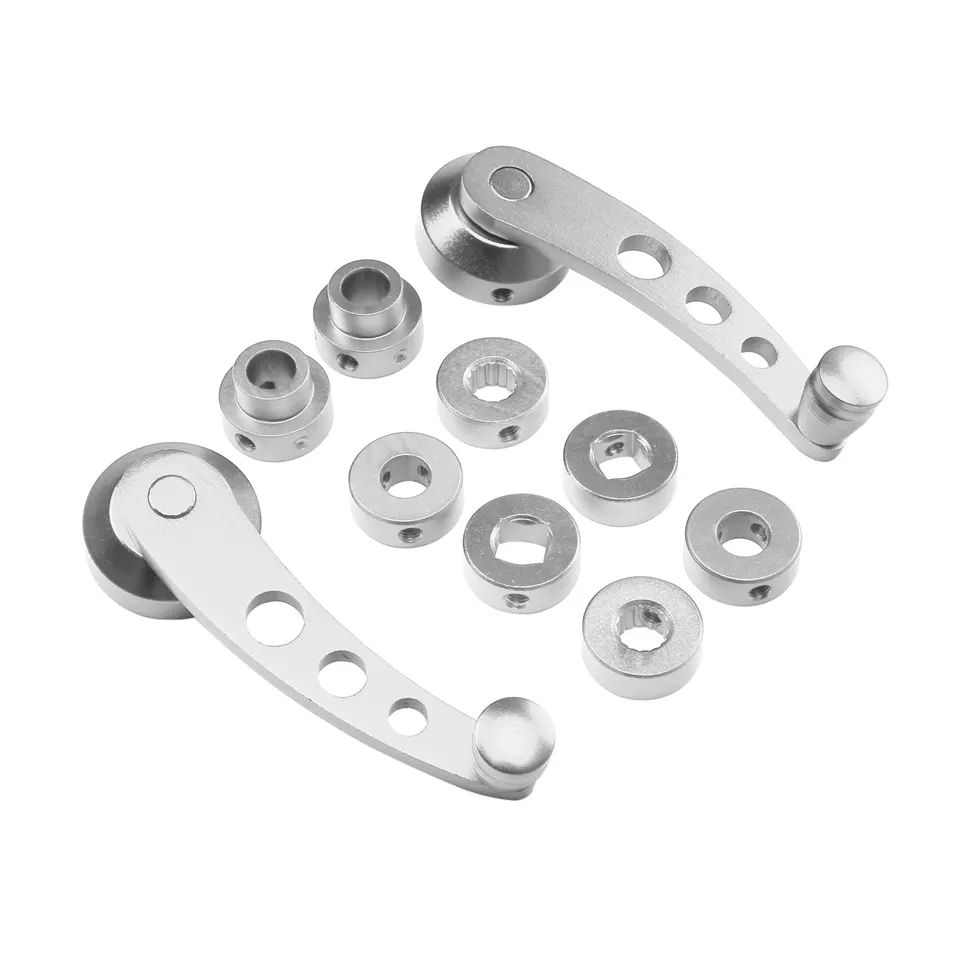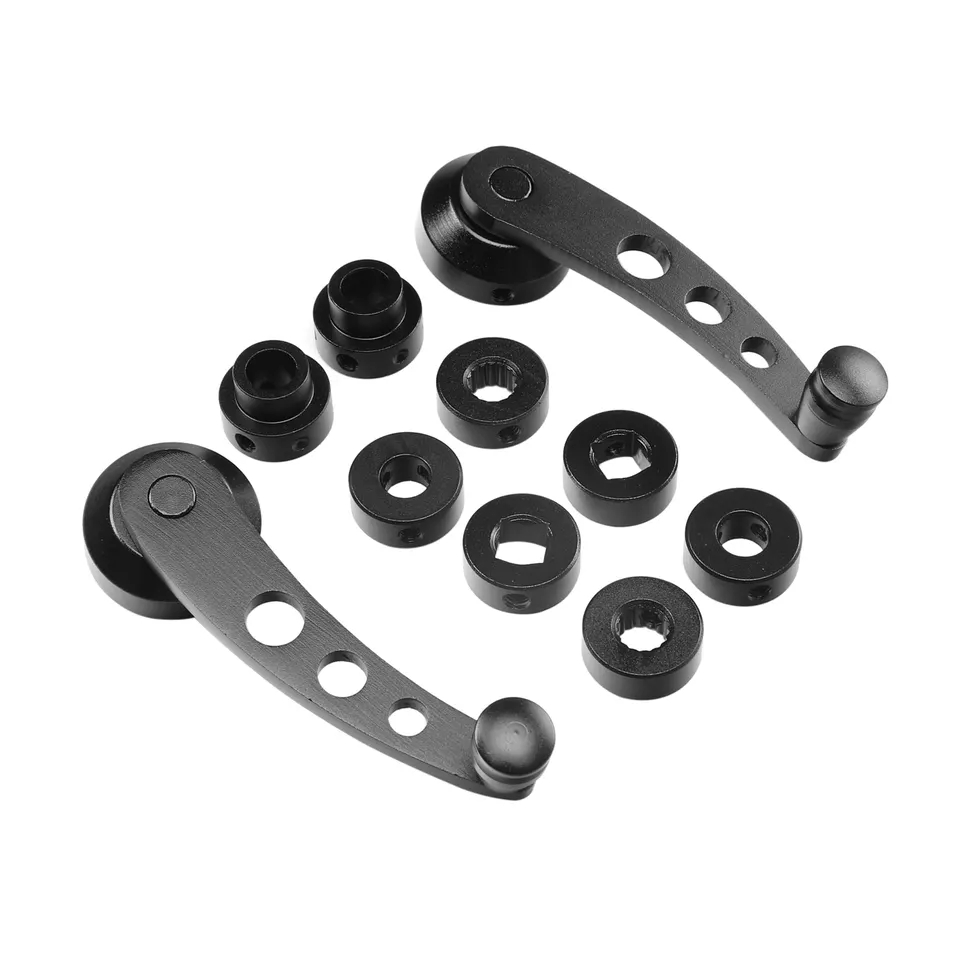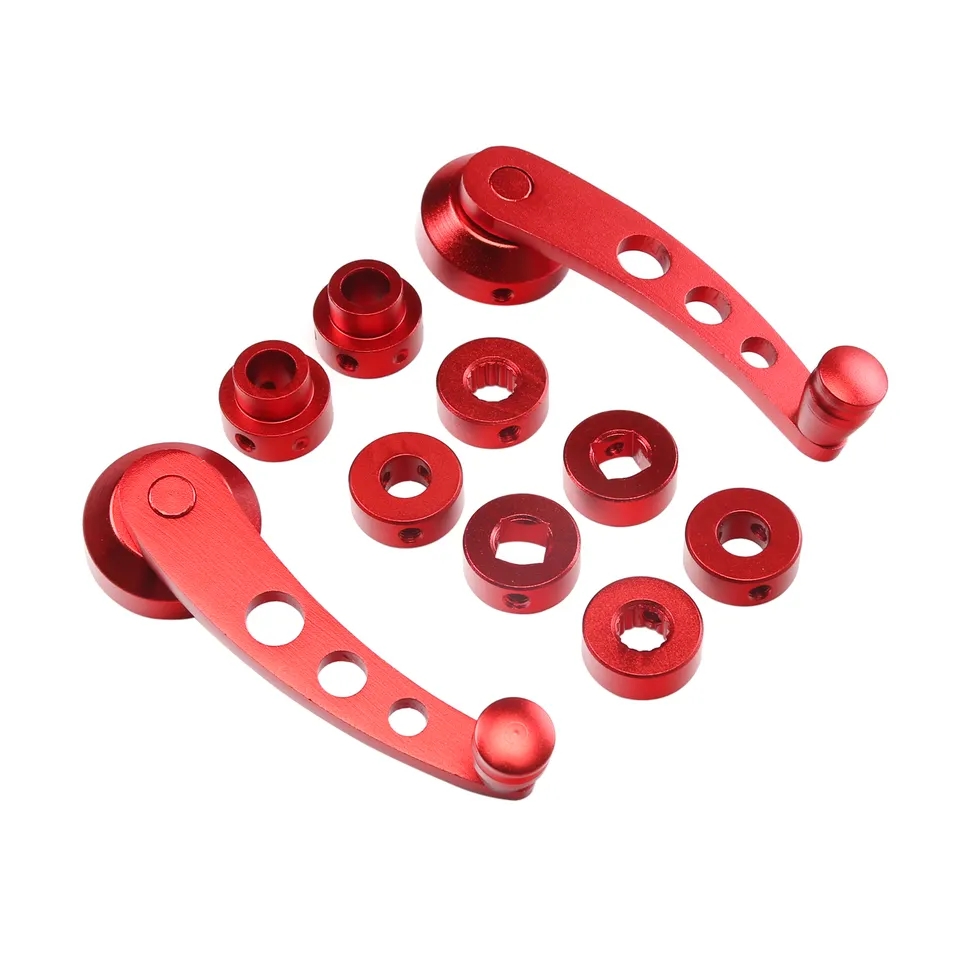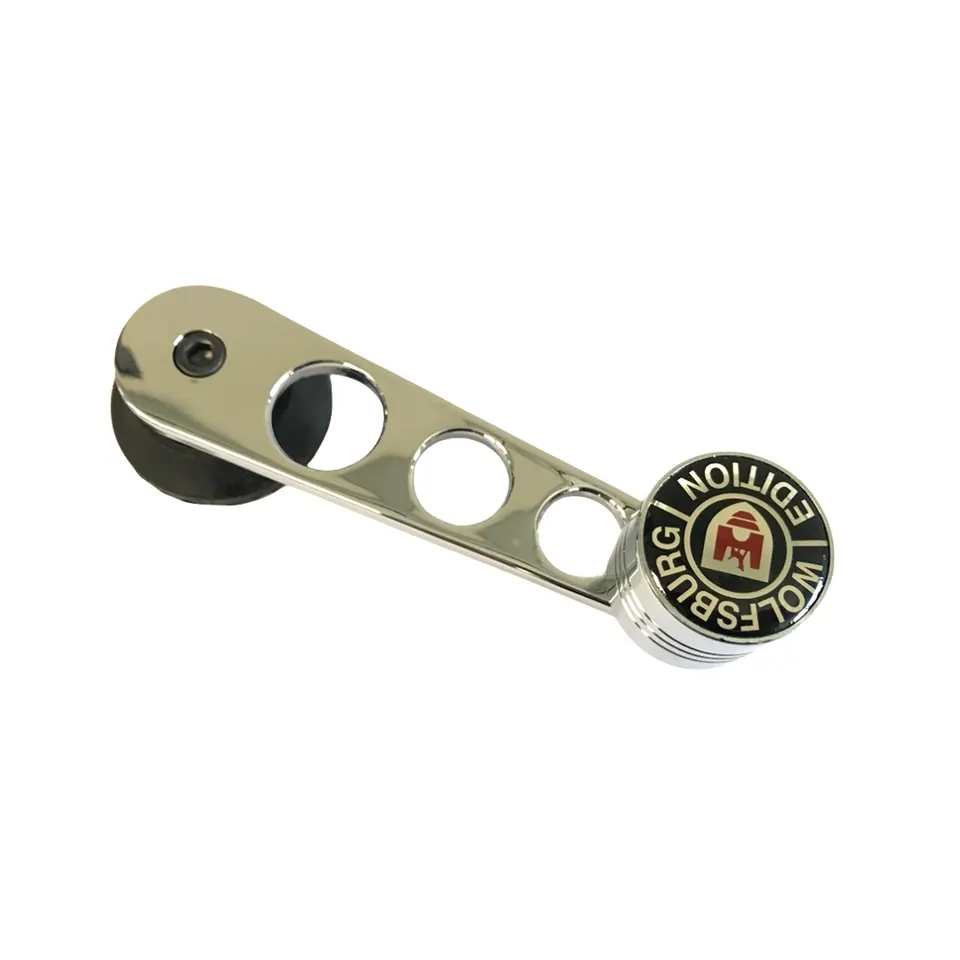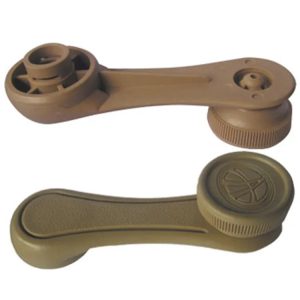Window Crank Handles: Effortless Operation and Aesthetic Elegance
Introduction
In the realm of architectural hardware, window crank handles emerge as essential components that seamlessly blend functionality with visual appeal. These unassuming yet pivotal elements offer precision, convenience, and an added layer of design finesse to windows. This article explores the versatile roles of window crank handles, their ergonomic advantages, material considerations, and the harmony they bring to both form and function in architectural design.
Window Crank Handle Functionality and Benefits
Window crank handles serve as the intuitive interface between users and windows, enabling effortless operation with a simple turn. Their advantages extend beyond mere functionality:
1. Precision Control: Window crank handles allow precise control over the degree of window opening, facilitating optimal airflow and ventilation adjustments.
2. Effortless Operation: The ergonomic design of crank handles ensures smooth and easy rotation, accommodating users of all ages and abilities.
3. Enhanced Security: Many modern crank handles come equipped with integrated locking mechanisms, providing an added layer of security and peace of mind.
4. Architectural Integration: These handles seamlessly integrate with various window styles, enhancing the aesthetic continuity of architectural designs.
5. Energy Efficiency: By facilitating controlled ventilation, window crank handles contribute to improved energy efficiency, optimizing indoor comfort and reducing energy consumption.
Material and Finish Considerations
The material and finish of window crank handles play a crucial role in their longevity and aesthetic impact:
1. Durable Materials: Handles are often crafted from durable materials such as stainless steel, aluminum, or high-quality polymers, ensuring longevity and resistance to wear.
2. Surface Finishes: A range of surface finishes is available, from classic brushed nickel to sleek chrome, allowing customization to match design preferences.
3. Corrosion Resistance: Handles made from corrosion-resistant materials are particularly well-suited for locations with high humidity or exposure to the elements.
Ergonomics and Design Unity
Ergonomics and design coherence are paramount in architectural hardware, including window crank handles:
1. Ergonomic Design: Crank handles are designed with user comfort in mind, featuring optimal grip sizes and rotation ease.
2. Design Consistency: Handles contribute to design unity by complementing the overall architectural style, whether traditional, contemporary, or minimalist.
Conclusion
Window crank handles seamlessly marry functionality and aesthetics, exemplifying the harmony that can exist between architectural hardware and design aspirations. Their precision, user-friendly operation, and ability to augment security and energy efficiency make them indispensable components in modern construction. Whether it’s about orchestrating ventilation, enhancing security, or adding an elegant touch, window crank handles embody the art of merging utility and sophistication in the realm of architectural design.





